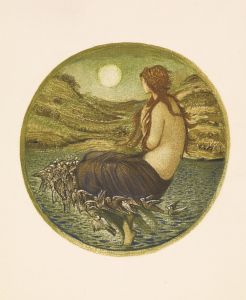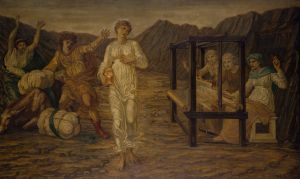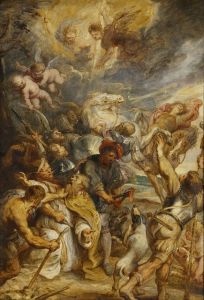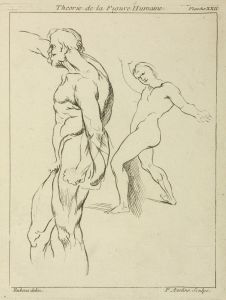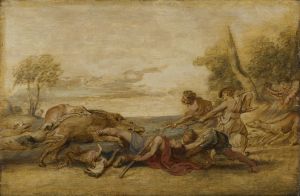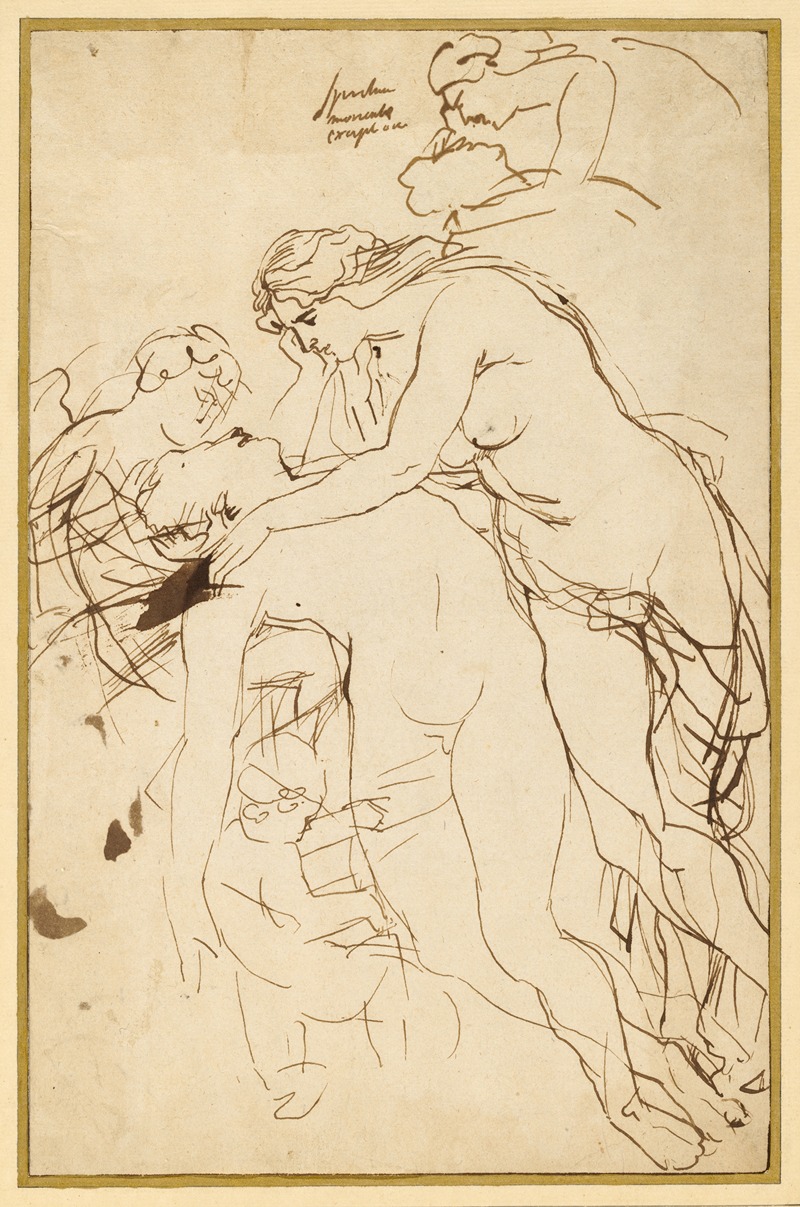
Venus Lamenting Adonis
A hand-painted replica of Peter Paul Rubens’s masterpiece Venus Lamenting Adonis, meticulously crafted by professional artists to capture the true essence of the original. Each piece is created with museum-quality canvas and rare mineral pigments, carefully painted by experienced artists with delicate brushstrokes and rich, layered colors to perfectly recreate the texture of the original artwork. Unlike machine-printed reproductions, this hand-painted version brings the painting to life, infused with the artist’s emotions and skill in every stroke. Whether for personal collection or home decoration, it instantly elevates the artistic atmosphere of any space.
Peter Paul Rubens, a prominent Flemish Baroque painter, is renowned for his dynamic compositions, vibrant color palette, and dramatic use of light and shadow. Among his extensive oeuvre, Rubens created several works depicting mythological themes, one of which is "Venus Lamenting Adonis." This painting reflects Rubens' mastery in portraying human emotion and his deep engagement with classical mythology.
"Venus Lamenting Adonis" illustrates a poignant moment from the myth of Venus and Adonis, a popular subject in Renaissance and Baroque art. According to mythology, Adonis, a handsome young mortal, was loved by Venus, the goddess of love. Despite her warnings, Adonis was fatally wounded by a wild boar during a hunt. The painting captures the moment of Venus mourning over the lifeless body of Adonis, highlighting the themes of love, loss, and the transient nature of beauty and life.
Rubens' depiction of this mythological scene is characterized by its emotional intensity and dramatic composition. Venus is often portrayed with a sense of despair and sorrow, her gestures and expression conveying deep grief. The body of Adonis is typically shown lifeless and pale, contrasting with the vibrant and lively depiction of Venus. This contrast serves to emphasize the tragedy of the scene and the depth of Venus' lamentation.
The painting is also notable for Rubens' use of color and light. His palette often includes rich, warm tones that enhance the emotional impact of the scene. The use of chiaroscuro, a technique involving the contrast of light and shadow, adds depth and drama to the composition, drawing the viewer's eye to the central figures and their emotional interaction.
Rubens' work on mythological subjects was influenced by his extensive study of classical literature and his travels to Italy, where he was exposed to the works of Renaissance masters such as Michelangelo and Titian. These influences are evident in his dynamic compositions and his ability to convey complex human emotions through the depiction of mythological narratives.
"Venus Lamenting Adonis" is part of a broader tradition of artworks exploring the story of Venus and Adonis, a theme that has been interpreted by various artists across different periods. Rubens' interpretation stands out for its emotional depth and technical mastery, reflecting his status as one of the leading painters of the Baroque era.
While specific details about the provenance and current location of "Venus Lamenting Adonis" by Rubens may not be widely documented, his works are held in numerous prestigious collections worldwide, including the Louvre, the Prado, and the National Gallery. Rubens' influence on the development of European art is profound, and his mythological paintings continue to be studied and admired for their artistic and historical significance.





